My Personal Journey with the Live Mouse Tracker
My Personal Journey with the Live Mouse Tracker: From Novice to Home Cage Monitoring Expert
Introduction
Ever since I started my research career, I’ve been fascinated by how organisms adapt to stress and their environments. Understanding the biobehavioral phenotype—how physiological and behavioral aspects intertwine—has always been my primary interest. My journey with Home Cage Monitoring (HCM) systems, specifically the Live Mouse Tracker (LMT), shaped my professional path profoundly, turning me into an expert passionate about integrative animal monitoring.
Early Days: From Rats to Mice, from ECG to LMT (2014-2018)
Back in 2018, at the end of my PhD, my research focused heavily on stress adaptation and coping strategies in rats. Using ECG, heart rate variability, and metabolic cages, I aimed to see the organism as a complete system. Yet, something felt missing—I needed a solution to observe behavior dynamically, continuously, and unobtrusively.
That’s when I stumbled upon Fabrice De Chaumont’s groundbreaking preprint introducing the Live Mouse Tracker. The system immediately captivated me. It was affordable, versatile, and combined advanced behavior tracking with accessible technology. Even better, it was open-source, allowing any motivated researcher to build it themselves.
Diving In: Building My First LMT (2019)
In February 2019, freshly beginning my first postdoc, I eagerly embarked on building my own LMT setup. I remember the excitement of receiving the Kinect sensor, RFID antennas, and computer. The challenge now was creating an independent, self-contained cage system.
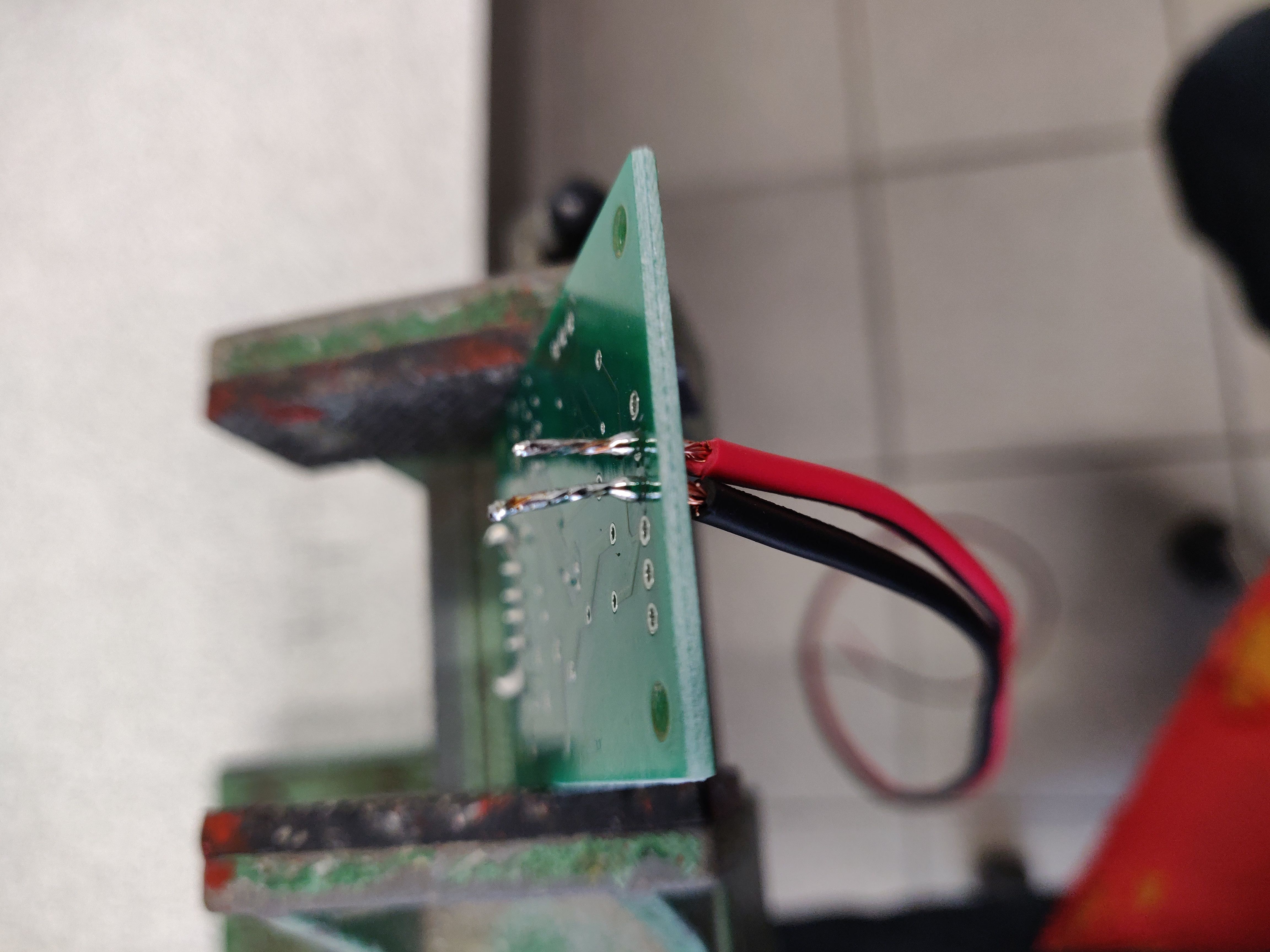


With sheer enthusiasm, I soldered circuits, constructed a soundproof and air-controlled environment, and integrated independent lighting. Then came Python—an entirely new language for me at the time. Countless YouTube tutorials, my first Python handbook, and patient troubleshooting sessions later, my LMT system was ready.
Meeting Fabrice and Elodie at at webinar in Marseille was pivotal. Their generosity and expertise boosted my confidence and accelerated my progress dramatically.
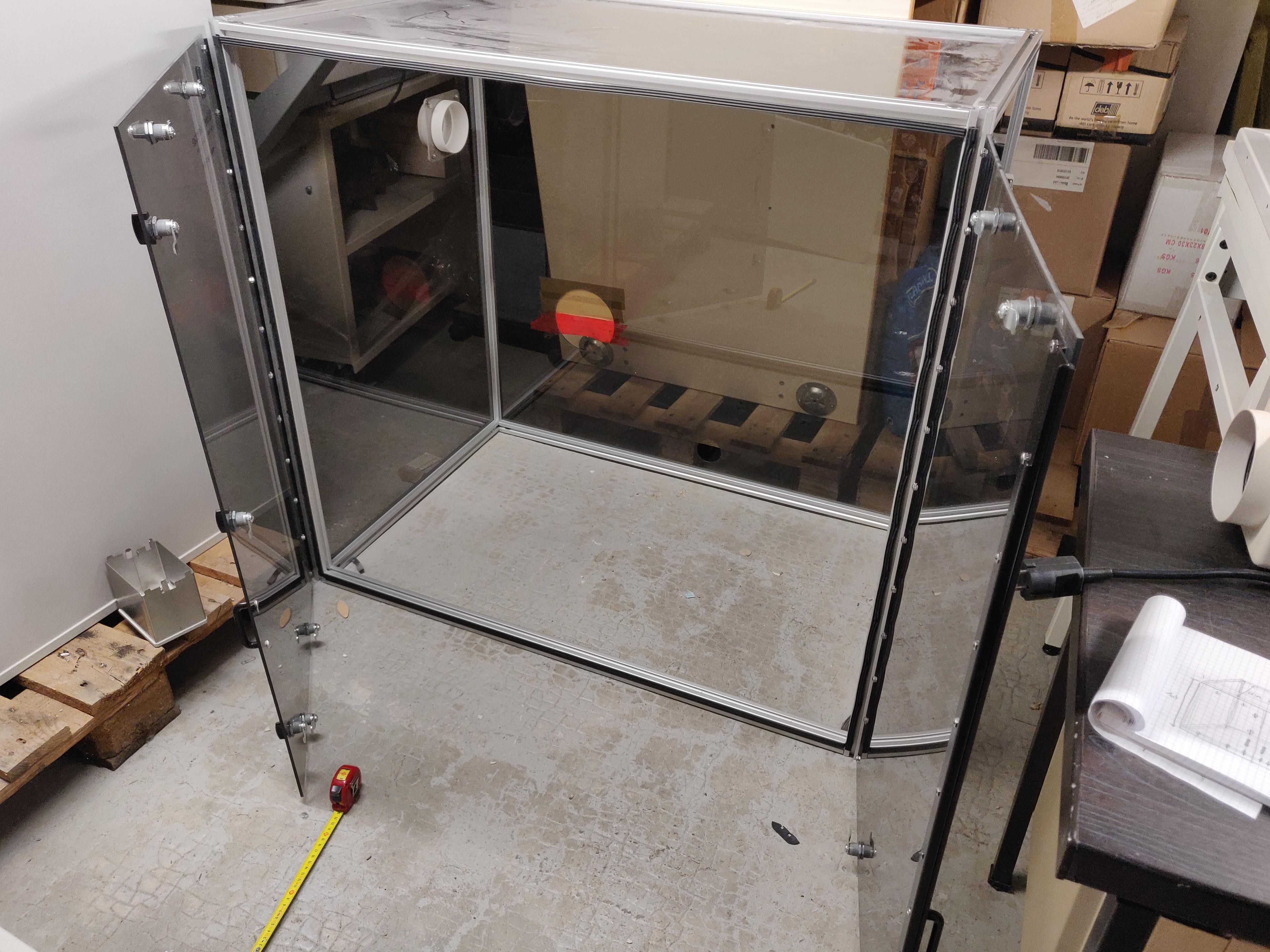

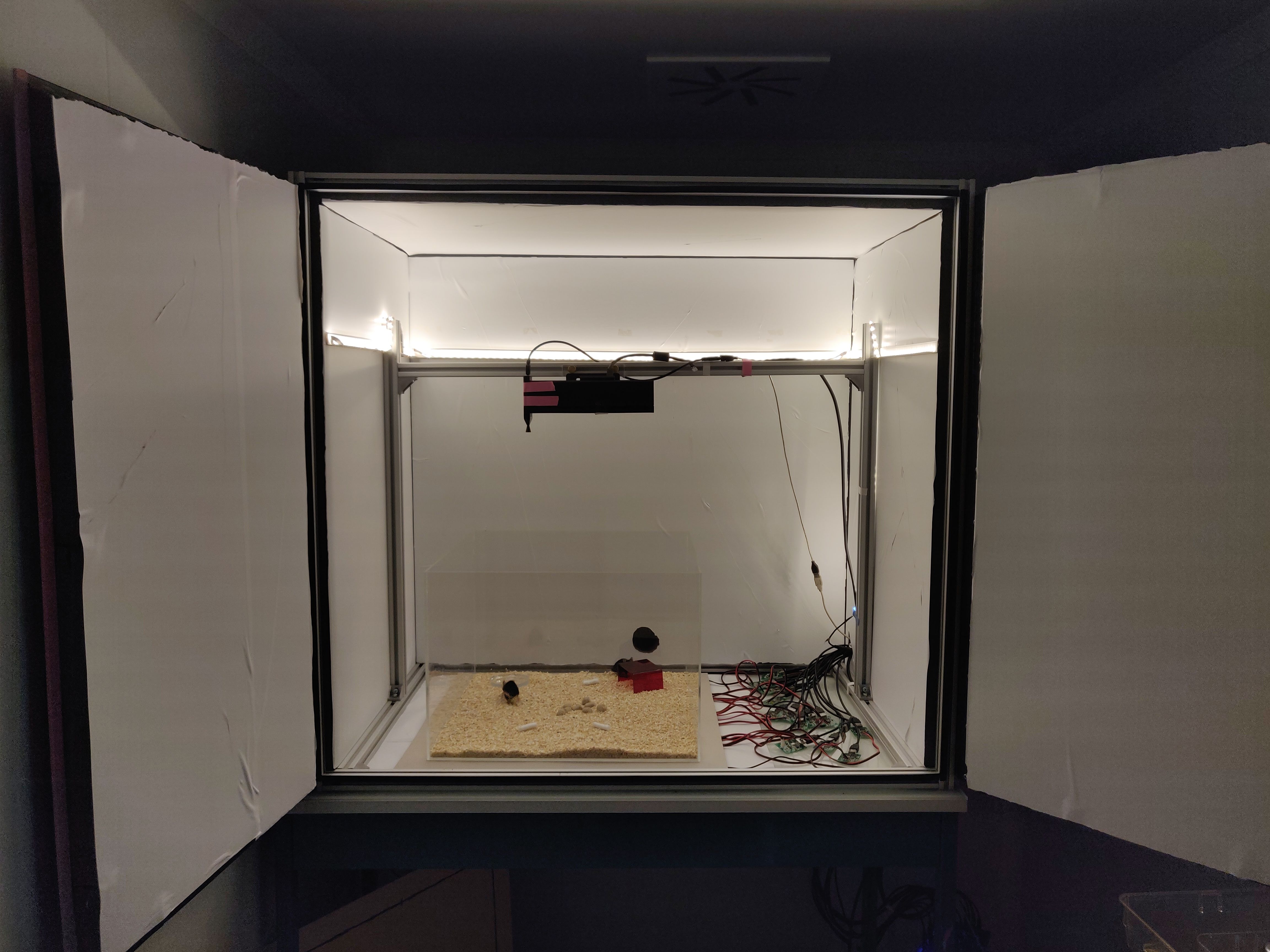
Success, Challenges, and COVID (2020)
The early experiments with LMT were promising, confirming the system’s potential. However, when COVID hit, research slowed dramatically. Combined with challenging lab dynamics, my progress temporarily stalled. Yet, adversity often opens new doors.
A New Chapter with New Hope and science excitement (2020-2023)
During this uncertain period, discussions with Amaury François—another passionate LMT user studying affective touch and sociability—proved transformative. His fascinating research perfectly complemented my interests. Together, we navigated troubleshooting and refined the system further.
Securing personal funding for one year, and subsequently joining Amaury’s ERANET NEURON project (alongside with E. bourinet at IGF of Montpellier) for two more years, allowed me to deeply explore the LMT’s capabilities and push my expertise even further.
Creating the Live Mouse Tracker Widget Toolbox (LWTools) with Paul Carrascosa
Supervising and working closely with Paul Carrascosa, we recognized a critical barrier for LMT users—the difficulty non-programmers had in analyzing their data. To address this, we developed the LMT Widget toolbox (LWTools)[https://pypi.org/project/LWTools/], a user-friendly tool that simplified data visualization and basic statistics from SQLite databases.
The goal of LWTools is to enhanced the accessibility and practical usability of the Live Mouse Tracker for researchers worldwide, democratizing powerful data analysis tools.
Scaling Up: The Collaborative LMT Shelf
With the LMT successfully deployed in individual setups, we envisioned scaling its potential further. Collaborating again with Paul, we designed and built an innovative “LMT shelf,” housing four parallel systems. This advanced setup drastically improved experimental throughput and allowed simultaneous monitoring of multiple cohorts under identical conditions—truly an exciting leap forward.
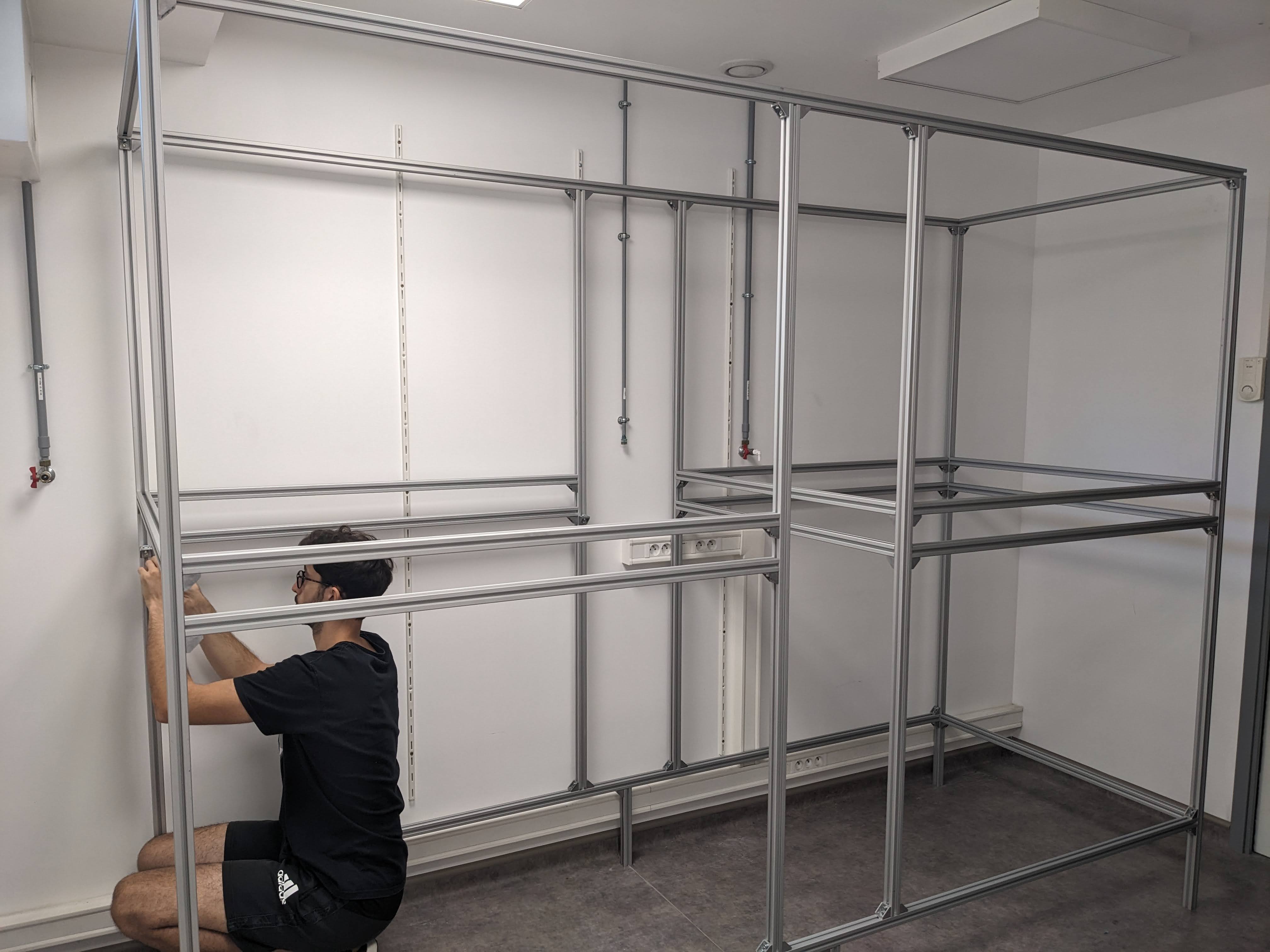
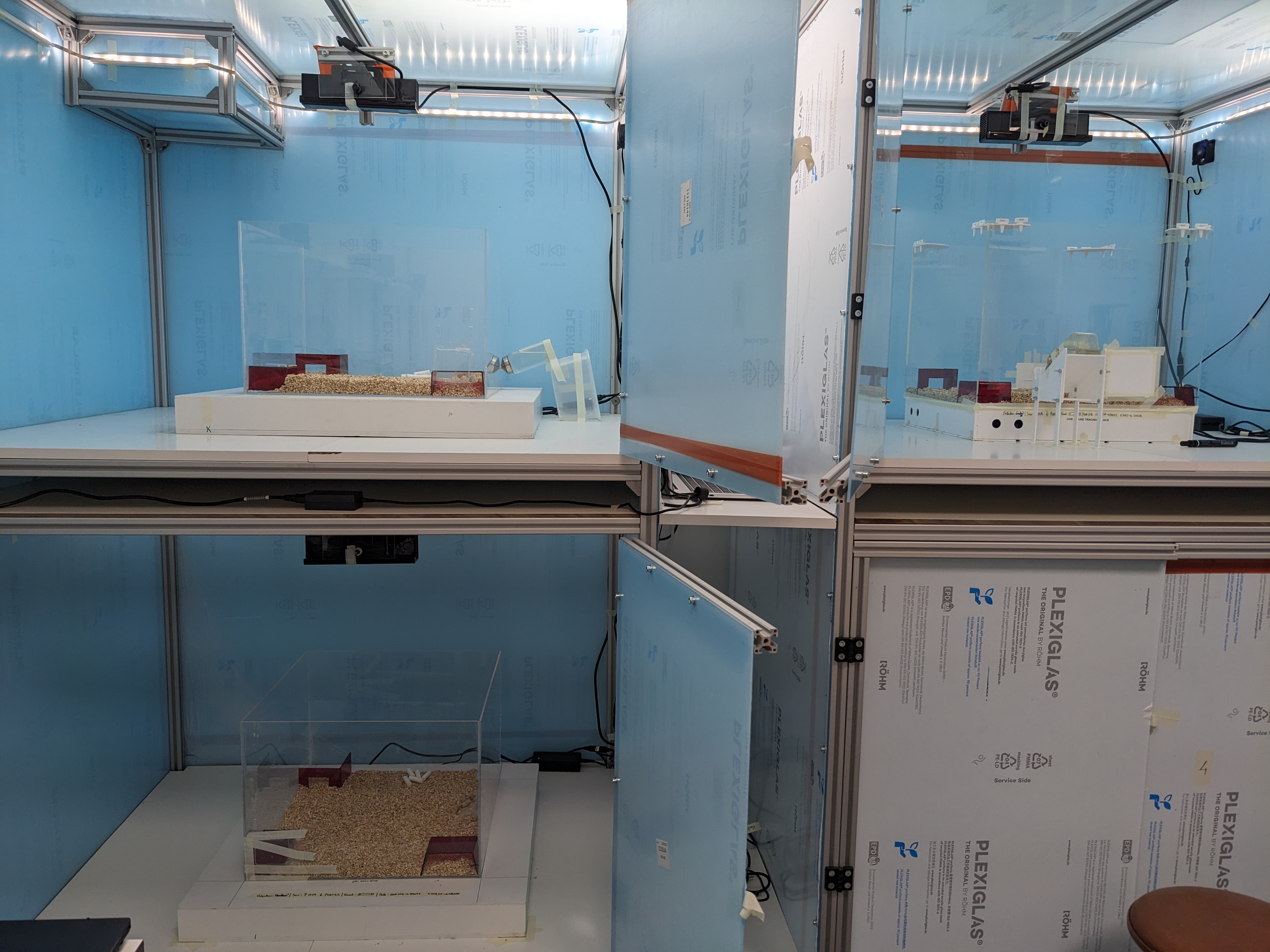
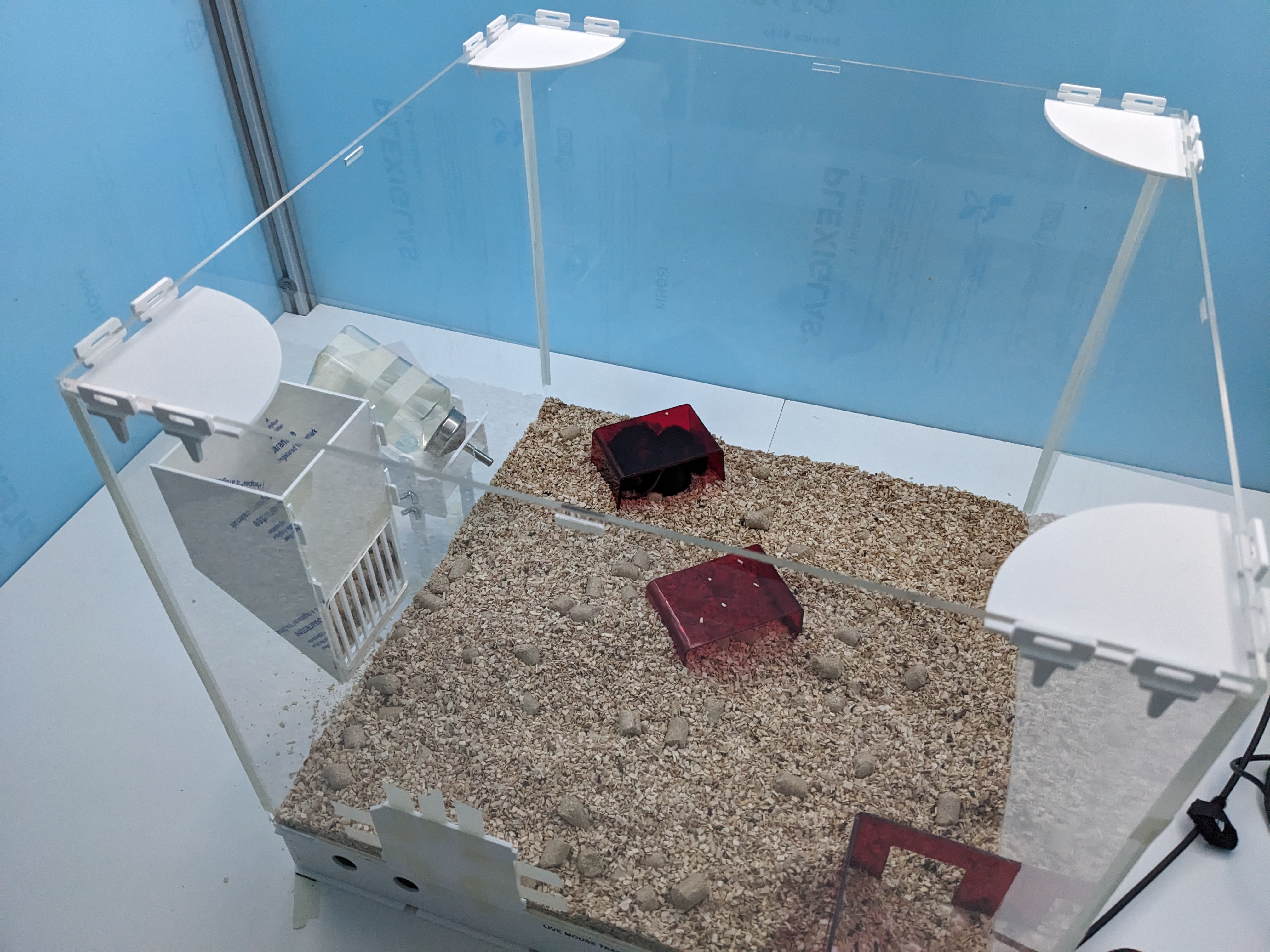
How LMT Shaped My Career and Expertise
Reflecting on this journey, I recognize how profoundly the LMT influenced my career. I acquired not only practical skills—building sophisticated setups, mastering Python, and troubleshooting—but also deep insights into Home Cage Monitoring’s transformative potential in behavioral neuroscience.
Conclusion: Gratitude and Looking Ahead
This journey has been rewarding, challenging, and incredibly enriching. I’m deeply grateful to Fabrice for his generosity and vision! Also Amaury François for invaluable collaboration and mentorship, and Paul Carrascosa for his enthusiasm.
As I continue forward, my passion for integrative behavior monitoring grows stronger, always inspired by the remarkable possibilities of innovative tools like the Live Mouse Tracker.



